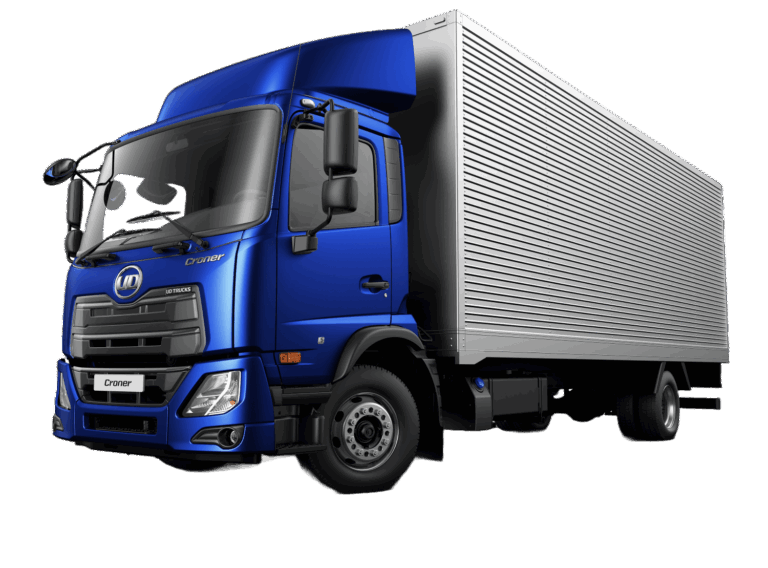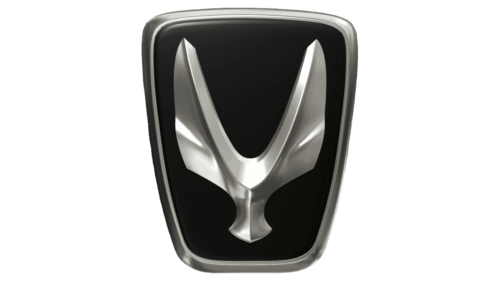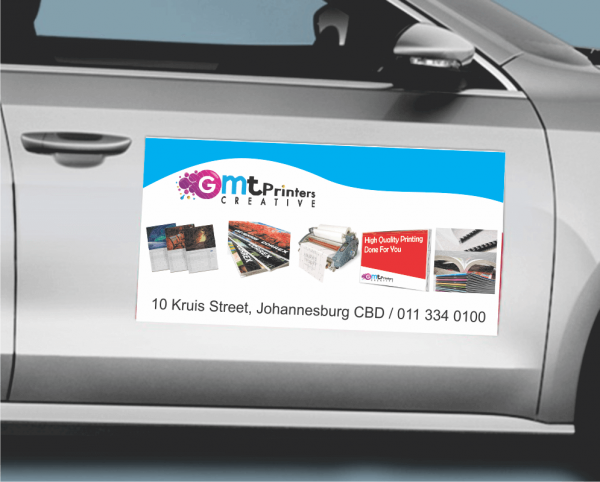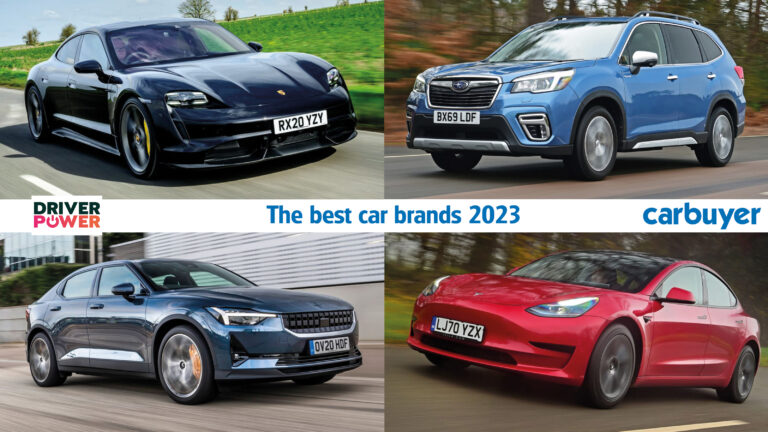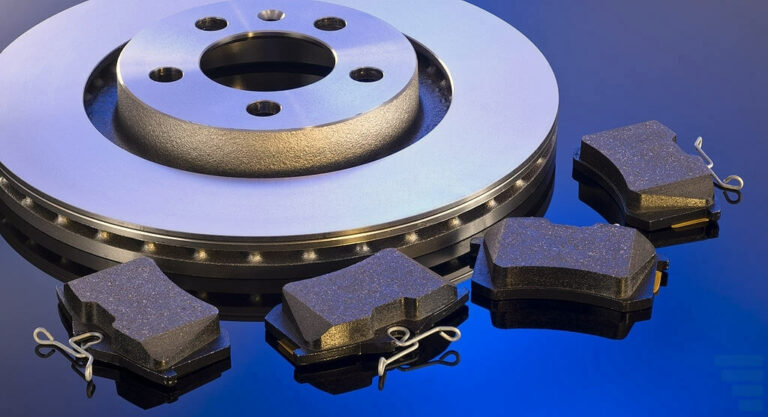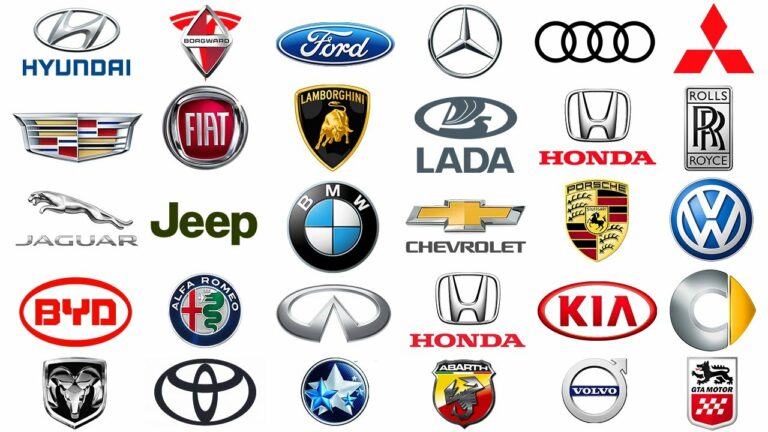Exploring the Anatomy: Different Sections of a Pickup Truck
Exploring the Anatomy: Different Sections of a Pickup Truck cars.truckstrend.com
The pickup truck, a quintessential American icon, has evolved from a simple workhorse into a versatile vehicle serving diverse purposes, from heavy-duty hauling to family transport and adventurous off-roading. Its enduring popularity stems from its unique design, which seamlessly blends practicality with robust performance. To truly appreciate the capabilities and understand the nuances of this automotive marvel, it’s essential to dissect its various components and understand how each "section" contributes to the whole.
This comprehensive guide will take you on a journey through the different sections of a pickup truck, exploring their functions, variations, benefits, and important considerations. Whether you’re a first-time buyer, a seasoned owner looking to optimize your truck, or simply curious about what makes these vehicles tick, understanding their anatomy is key to maximizing their utility and ensuring their longevity.
Exploring the Anatomy: Different Sections of a Pickup Truck
1. The Cab: Your Command Center
The cab is the heart of the pickup truck from the operator’s perspective – it’s where you sit, control the vehicle, and often, where passengers ride. It has undergone significant transformations over the years, evolving from a bare-bones compartment into a sophisticated and comfortable space.
Key Aspects:
- Types of Cabs:
- Regular Cab (Single Cab): The classic, two-door configuration with seating typically for two or three passengers. It prioritizes bed length on a given wheelbase, making it ideal for pure work applications where cargo capacity is paramount and passenger space is minimal.
- Extended Cab (King Cab, SuperCab, Access Cab): Features two full-sized front doors and two smaller, rear-hinged (suicide) or conventionally hinged rear doors. Offers limited rear seating, often best for occasional passengers or additional enclosed storage. Balances passenger comfort with bed length.
- Crew Cab (Double Cab, SuperCrew, Quad Cab): The most popular configuration for personal use, featuring four full-sized doors and generous rear seating, comparable to a sedan or SUV. It sacrifices some bed length but provides ample space for families and multiple passengers, making it highly versatile.

- Interior Features: Modern cabs are equipped with advanced infotainment systems (touchscreens, navigation, smartphone integration), climate control (manual or automatic), premium seating materials (cloth, leather), and a host of safety features (airbags, advanced driver-assistance systems like adaptive cruise control, lane-keeping assist).
- Considerations: When choosing a cab, consider your primary use. Do you regularly transport multiple people? Is interior storage more important than maximum bed length? The cab choice directly impacts passenger comfort, accessibility, and overall vehicle length.

2. The Bed: The Workhorse of the Pickup
The pickup bed, or cargo box, is arguably the defining feature of a pickup truck. It’s an open-air cargo area at the rear, designed for hauling everything from lumber and equipment to camping gear and ATVs.
Key Aspects:

- Bed Sizes:
- Short Bed: Typically 5.5 to 5.8 feet in length. Common with Crew Cab configurations, offering a balance between maneuverability and cargo space.
- Standard Bed: Around 6.5 feet. A versatile option that provides more cargo room than a short bed while remaining manageable.
- Long Bed: Often 8 feet or more. Primarily found on Regular Cab or Extended Cab trucks, designed for maximum cargo volume and the ability to carry full sheets of plywood or long lumber without overhang.
- Tailgate Functionality: Modern tailgates offer more than just opening and closing. Features include:
- Damping: Slow-opening mechanisms for safety and convenience.
- Multi-Function Tailgates: Some trucks feature tailgates that can open in multiple ways (e.g., swing-out, split, or incorporate steps/work surfaces).
- Integrated Steps/Handles: For easier access to the bed.
- Bed Protection and Management:
- Bed Liners: Crucial for protecting the bed from scratches, dents, and corrosion. Options include spray-in (durable, permanent) and drop-in (removable, less expensive).
- Tie-Downs: Essential for securing cargo. Look for robust, well-placed anchor points.
- Cargo Management Systems: Rails, adjustable cleats, and dividers help organize and secure diverse loads.
- Bed Covers (Tonneau Covers) and Truck Caps:
- Tonneau Covers: Cover the bed opening, protecting cargo from weather and theft. Types include soft roll-up, hard folding, retractable, and painted fiberglass.
- Truck Caps/Shells: Enclose the entire bed, transforming it into a covered, lockable storage area or even a rudimentary sleeping space, similar to an SUV’s cargo area.
- Benefits: Unparalleled versatility for hauling, easy loading/unloading, and the ability to carry dirty or bulky items outside the passenger cabin.
- Challenges: Securing odd-shaped loads, preventing theft of exposed items, and maintaining the bed’s condition.
3. The Chassis and Frame: The Foundation of Strength
The chassis and frame are the backbone of a pickup truck, providing the structural integrity and support for all other components. Most traditional pickups utilize a "body-on-frame" construction, which contributes to their ruggedness and high towing capacities.
Key Aspects:
- Body-on-Frame Construction: A separate body (cab and bed) is mounted onto a rigid ladder frame. This design offers excellent durability, load-bearing capability, and ease of repair, making it ideal for heavy-duty work and off-roading.
- Suspension System:
- Front Suspension: Often independent (e.g., coil springs, control arms) for improved ride comfort and steering precision.
- Rear Suspension: Typically a solid axle with leaf springs, known for its robustness and ability to handle heavy loads. Some modern trucks use coil springs or air suspension for a smoother ride, especially when unladen.
- Steering System: Connects the steering wheel to the front wheels, allowing the driver to control the truck’s direction. Power steering is standard, making maneuvering large trucks easier.
- Braking System: Essential for safety, comprising disc brakes (front and often rear) with anti-lock braking systems (ABS) and electronic stability control (ESC) for improved stopping power and control.
- Importance: The frame and suspension directly influence a truck’s towing and payload capacities, ride quality, and off-road prowess. A robust frame is crucial for longevity and safety, especially under heavy loads.
4. The Powertrain: The Heart of Performance
The powertrain is the system that generates power and delivers it to the wheels, enabling the truck to move, accelerate, and perform demanding tasks like towing and hauling. It comprises the engine, transmission, and drivetrain.
Key Aspects:
- Engine Types:
- Gasoline Engines: Most common, ranging from efficient turbocharged four-cylinders (I4) and V6s to powerful V8s. They offer good acceleration and are generally quieter and less expensive.
- Diesel Engines: Known for their exceptional torque (pulling power), fuel efficiency (especially when towing), and durability. Often preferred for heavy-duty applications and commercial use.
- Transmission:
- Automatic Transmissions: Overwhelmingly dominant, with 6-speed, 8-speed, and even 10-speed options common. They provide smooth, effortless gear changes and optimize fuel economy.
- Manual Transmissions: Rarely found in modern pickups due to declining demand and the efficiency of automatics.
- Drivetrain:
- 2-Wheel Drive (2WD): Typically Rear-Wheel Drive (RWD) in pickups, offering good fuel economy and adequate traction for paved roads.
- 4-Wheel Drive (4WD): Provides enhanced traction for off-road conditions, slippery surfaces, and light snow. Can be part-time (engaged manually), full-time (always engaged, often with a center differential), or automatic (engages as needed).
- All-Wheel Drive (AWD): Less common in traditional pickups but found in some smaller "lifestyle" trucks. Provides continuous power to all wheels, ideal for varied road conditions but less robust for extreme off-roading than 4WD.
- Key Considerations: Engine choice depends on your needs for towing, hauling, and fuel economy. Drivetrain selection is crucial for handling different terrains and weather conditions. Regular maintenance of the powertrain (oil changes, fluid checks, filter replacements) is vital for performance and longevity.
5. Exterior Features & Aesthetics: Beyond Function
While core functionality drives pickup design, exterior features play a significant role in aesthetics, additional utility, and safety.
Key Aspects:
- Grille and Headlights: Define the truck’s front fascia. Headlights are crucial for visibility and safety, with modern options including LED, HID, and adaptive lighting.
- Bumpers: Provide protection and often integrate tow hooks or fog lights. Rear bumpers frequently include steps for bed access and trailer hitch receivers.
- Wheels and Tires: Wheels vary in size and material (steel, alloy) impacting ride, handling, and appearance. Tires are critical for traction and performance, with options for all-terrain, mud-terrain, or highway use.
- Running Boards/Nerf Bars: Aid in entry and exit, especially for lifted trucks, and can offer some side protection.
- Tow Mirrors: Larger, often extendable mirrors that provide improved visibility when towing wide trailers.
- Fender Flares: Extend over the wheel wells, protecting the truck’s body from road debris, especially with wider tires.
- Lighting: Beyond headlights, modern trucks often feature LED bed lighting, cargo lamps, and even puddle lamps for enhanced visibility.
- Importance: These elements contribute to the truck’s overall aesthetic appeal, provide additional functionality, and enhance safety. Many are also popular customization points.
Practical Advice and Actionable Insights
- Match Configuration to Needs: Before buying, carefully assess your primary use.
- Heavy Hauling/Work: Regular Cab + Long Bed + V8/Diesel engine + RWD (unless off-road work is involved).
- Family/Daily Driver: Crew Cab + Short/Standard Bed + V6/I4 engine + 4WD/AWD (for varied weather).
- Off-Roading/Adventure: Extended/Crew Cab + Short Bed + 4WD + robust suspension package + all-terrain tires.
- Regular Maintenance is Non-Negotiable: Each section requires attention. Check bed liners for damage, ensure tie-downs are secure, inspect suspension components, monitor fluid levels (engine, transmission, differentials), and regularly check tire pressure and tread.
- Consider Aftermarket Upgrades Wisely: Understanding each section helps you choose meaningful upgrades. A lift kit impacts the chassis and suspension. A tonneau cover enhances the bed’s utility. Performance upgrades target the powertrain. Always research compatibility and professional installation.
- Safety First: Regularly inspect lights, brakes, and tires. Ensure your truck’s towing and payload capacities are never exceeded.
Typical Investment Ranges for Enhancing or Replacing Key Pickup Sections
Understanding the potential costs associated with enhancing or maintaining different sections of your pickup can help in budgeting and decision-making. These are general ranges and can vary significantly based on brand, quality, installation complexity, and whether parts are OEM or aftermarket.
| Section Category | Typical Investment Range (USD) | Description & Common Upgrades/Replacements |
|---|---|---|
| Cab Interior | $500 – $5,000+ | Seat covers, floor mats, infotainment upgrades (head unit, speakers), interior trim accents, custom upholstery. |
| Bed & Cargo | $200 – $3,000+ | Bed liners (spray-in: $400-800, drop-in: $200-400), Tonneau Covers ($300-2,000), Truck Caps/Shells ($1,000-4,000+), cargo management systems ($100-500), bed extenders ($200-500). |
| Chassis & Frame | $1,000 – $8,000+ | Suspension lift kits ($500-3,000+), performance shocks ($200-1,000 each), heavy-duty springs, sway bars, steering components replacement, frame rust repair (variable). |
| Powertrain | $100 – $10,000+ | Performance air intake ($100-500), exhaust systems ($300-1,500), engine tuners/chips ($300-1,000), transmission fluid service ($150-400), major engine/transmission repair (several thousands). |
| Exterior & Wheels | $500 – $4,000+ | New wheels ($600-2,500+ per set), tires ($150-400+ each), running boards ($200-1,000), aftermarket bumpers ($500-2,000+), LED lighting upgrades ($100-800). |
Frequently Asked Questions (FAQ)
Q1: What’s the main difference between a Regular, Extended, and Crew Cab?
A1: The primary difference is passenger space and accessibility. A Regular Cab has only two doors and minimal seating. An Extended Cab adds small rear doors and limited rear seating. A Crew Cab has four full-sized doors and ample rear seating, making it the most spacious for passengers.
Q2: What are the benefits of a long bed vs. a short bed?
A2: A long bed offers maximum cargo capacity, allowing you to carry longer items (like 8-foot lumber) with the tailgate closed. A short bed, on the other hand, makes the truck more maneuverable and easier to park, especially in urban environments.
Q3: Is 4WD necessary for a pickup truck?
A3: Not always. If you primarily drive on paved roads and in mild weather, 2WD (typically RWD) is sufficient and more fuel-efficient. 4WD becomes necessary if you frequently encounter off-road conditions, snow, ice, or need maximum traction for towing on unpaved surfaces.
Q4: What’s the best type of bed liner for my truck?
A4: It depends on your needs. Spray-in bed liners are highly durable, permanent, and offer excellent protection against scratches and corrosion. Drop-in liners are less expensive and removable, but can trap moisture underneath, potentially leading to rust if not properly installed and maintained. For heavy-duty use, spray-in is generally preferred.
Q5: How often should I service my pickup’s powertrain?
A5: Refer to your truck’s owner’s manual for specific maintenance schedules, as they vary by manufacturer and model. Generally, engine oil and filter changes are recommended every 5,000-10,000 miles. Transmission fluid, differential fluid, and transfer case fluid (for 4WD) typically have longer intervals, often every 30,000-100,000 miles, depending on usage and fluid type. Regular checks are crucial.
Conclusion
The pickup truck, with its modular yet integrated design, stands as a testament to automotive engineering focused on utility and adaptability. By understanding the distinct functions and characteristics of its various sections – the comfortable cab, the versatile bed, the robust chassis, the powerful powertrain, and the functional exterior features – owners and enthusiasts alike can make more informed decisions regarding purchase, maintenance, and customization. A well-understood pickup is not just a vehicle; it’s a meticulously engineered tool, ready to tackle any challenge, embodying strength, versatility, and enduring appeal on and off the road.

